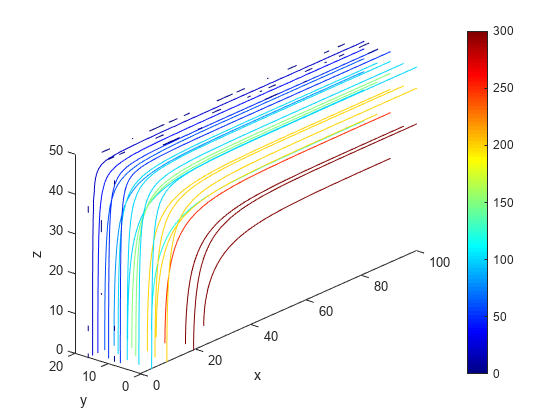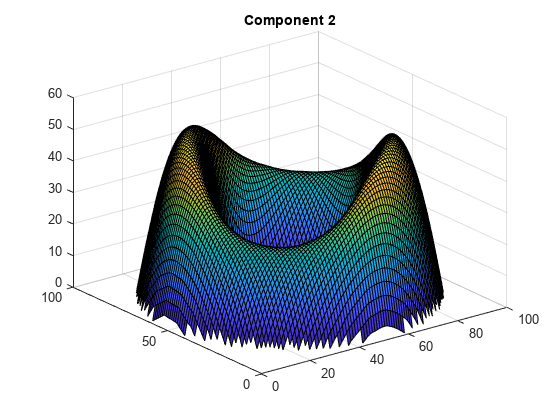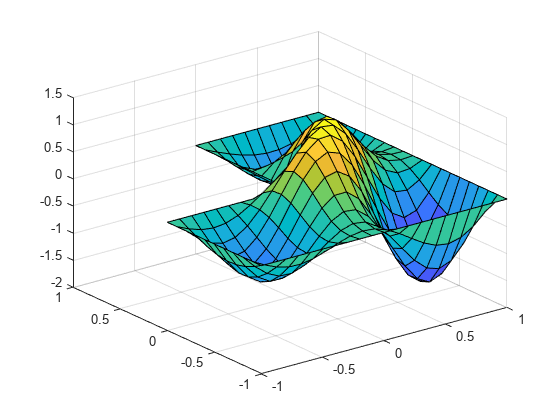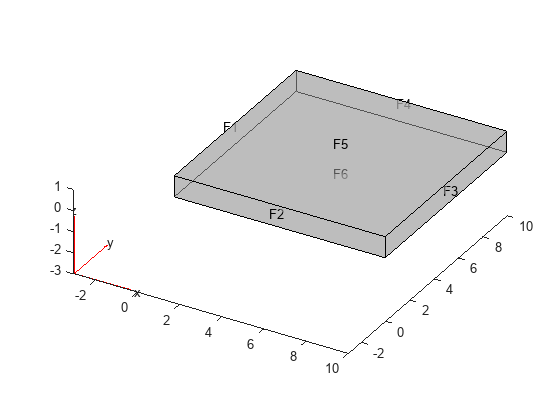interpolateSolution
Interpolate PDE solution to arbitrary points
Syntax
Description
uintrp = interpolateSolution(results,querypoints)querypoints.
uintrp = interpolateSolution(___,iT)iT. For a system of time-dependent or eigenvalue
equations, specify both time/modal indices iT and equation
indices iU
Examples
Input Arguments
Output Arguments
Version History
Introduced in R2015b
See Also
PDEModel | StationaryResults | TimeDependentResults | evaluateGradient
Topics
- Static and Animated Plots with Visualize PDE Results Live Editor Task
- Solution Plots with pdeviz
- Solution and Gradient Plots with pdeplot and pdeplot3D
- 2-D Solution and Gradient Plots with MATLAB Functions
- 2-D Slices Through 3-D Geometry with MATLAB Functions
- Contour Slices Through 3-D Solution with MATLAB Functions
- Dimensions of Solutions, Gradients, and Fluxes








